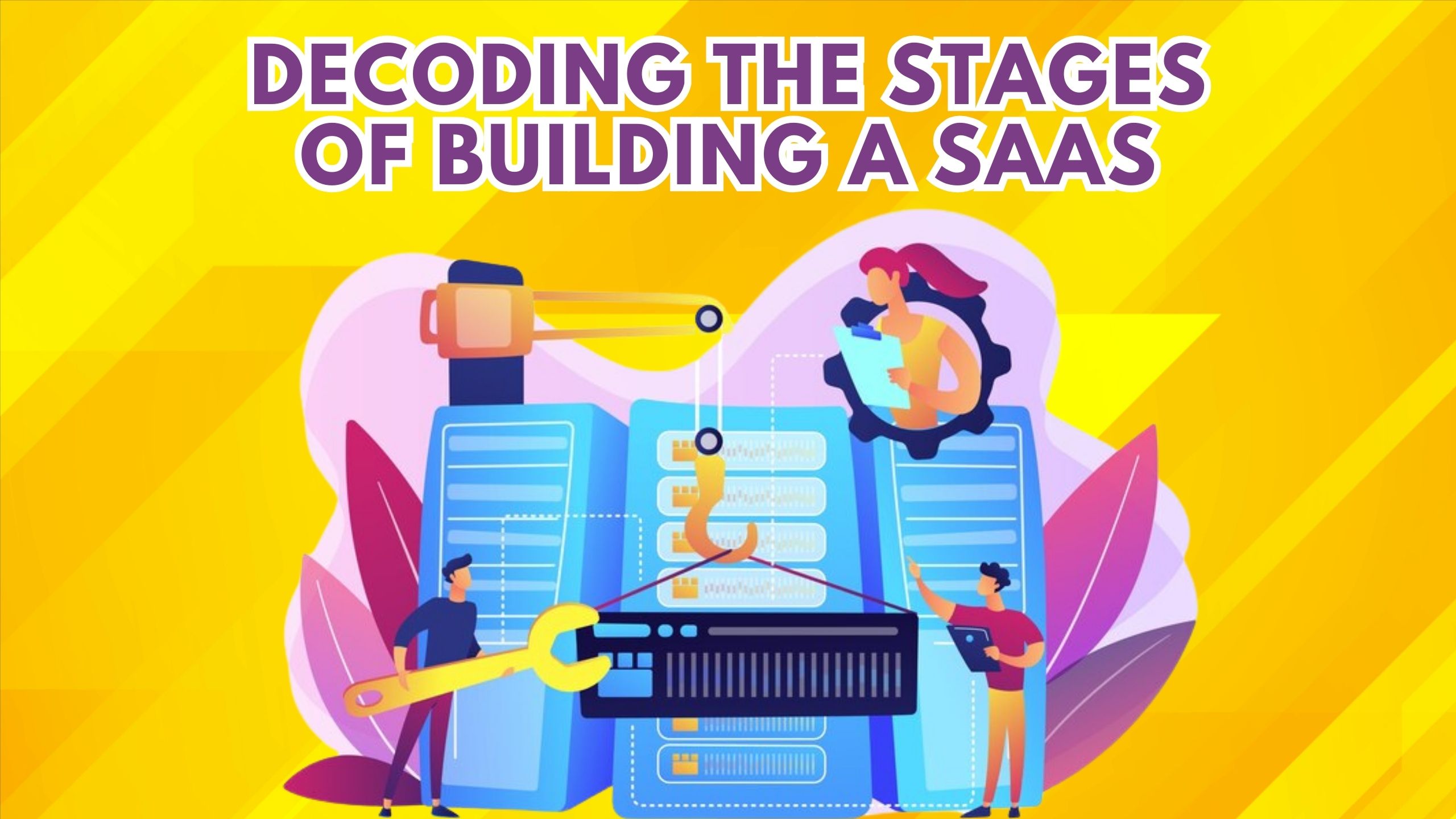Decoding the Stages of Building a SaaS
- WebOps Platforms Bug Tracking & Feedback Software Web Development & Design


Decoding the Stages of Building a SaaS
In the ever-evolving and competitive landscape of the tech industry, understanding the intricacies of building a Software as a Service (SaaS) platform is crucial for entrepreneurs and developers alike. This comprehensive blog aims to meticulously explore and decode the multifaceted stages involved in bringing a SaaS idea to fruition, delving into the nuances of each step in the process.
1. Conceptualization and Ideation
The inception of a SaaS platform begins with the conceptualization and ideation phase, where aspiring entrepreneurs identify a problem or pain point that their solution will address. IdeaBuddy emerges as an invaluable tool during this stage, offering a collaborative platform for brainstorming and refining concepts. Entrepreneurs can leverage this tool to gather diverse perspectives, ensuring that the proposed SaaS solution aligns with market needs.
2. Market Research and Validation
Following the conceptualization phase, in-depth market research and validation become pivotal. SurveyMonkey steps into the spotlight, providing entrepreneurs with the means to conduct surveys and collect valuable feedback from potential users. This stage is crucial for validating the viability of the SaaS idea, ensuring that it resonates with the target audience and has the potential for widespread adoption.
3. Planning and Design
Once the SaaS concept is validated, meticulous planning and design set the foundation for the development phase. Collaborative design tools like Figma become instrumental in creating a user-friendly interface and mapping out the user experience. The planning and design stage aims to create a blueprint that guides developers toward building an efficient, aesthetically pleasing, and user-centric SaaS platform.
4. Development and Testing
The heart of any SaaS platform lies in its development, and collaborative coding platforms like GitHub play a vital role in this phase. Developers work collectively, utilizing version control to manage code efficiently. Rigorous testing becomes paramount, and tools such as Selenium come into play to ensure the SaaS application is robust, functional, and free of bugs before moving on to the deployment stage.
5. Deployment and Scaling
With the SaaS platform developed and thoroughly tested, the deployment phase marks a significant milestone. Cloud services like AWS offer scalable infrastructure, allowing seamless deployment and providing the flexibility to scale resources based on user demand. This stage ensures that the SaaS solution can handle varying workloads efficiently and effectively serves its intended purpose.
Conclusion: Navigating the SaaS Journey
In conclusion, decoding the stages of building a SaaS platform underscores the complexity and precision required for success in the ever-competitive tech landscape. From conceptualization and market validation to meticulous planning, development, and deployment, each stage plays a crucial and interconnected role. Entrepreneurs embarking on the SaaS journey must navigate this intricate path with a commitment to innovation, adaptability, and an unwavering focus on user satisfaction.
Unlock the Power of SaaS Management with Subscribed.fyi
At Subscribed.fyi, we recognize the challenges of managing diverse SaaS tools. Sign up today to unlock exclusive deals, streamline subscription management, and save big on 100+ SaaS tools, totaling savings of $100,000+ per year. Take control of your expenses and make informed decisions with our ultimate subscription management solution.
Relevant Links:





